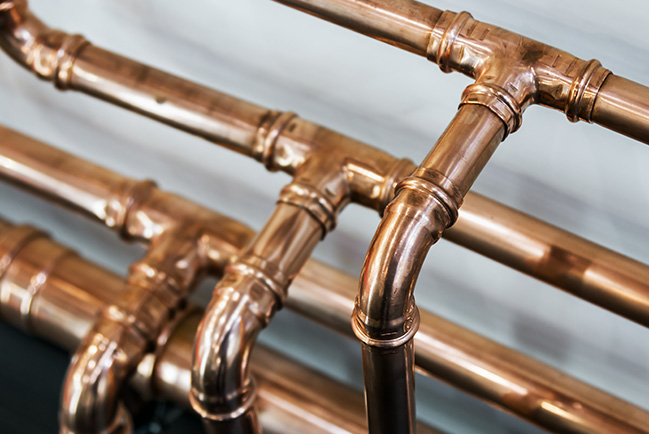
There are a lot of choices when it comes to the water pipes for your house. If you’re thinking about replacing your plumbing pipes, material selection is important for a variety of reasons, such as cost, durability, environmental impact, and water quality.
Speak with a professional plumber to understand the pros and cons of different types of water pipes and pipe fittings, from PVC and PEX to copper and brass.
Which materials are used for water supply and drain pipes?
- Cast iron, PVC, and ABS for plumbing waste (drain) lines
- Chromed brass, copper, galvanized iron, CPVC, and PEX for water supply lines
Main sewage pipes are usually made of either cast iron, PVC (polyvinyl chloride), or ABS (acrylonitrile-butadiene-styrene). Older homes may still have lead pipes, which should be replaced. Black iron is normally used for gas pipes.
Should you replace your plumbing pipes?
If your home was built in the first half of the 20th century, you may be using lead pipes. While lead pipes last a long time, they can also introduce lead into your water supply, which can cause irreparable health damage.
If your home was built between 1970 and 2000, you may have polybutylene (PB) pipes in the home, which have a much higher chance of leaking or bursting.
If your home has lead or PB pipes, speak with a professional plumber about having them replaced as soon as possible. There are much better materials available now, including PVC and PEX. Your new supply lines can last over 100 years (around 80 years for your copper lines) and won’t be liable to leak, crack, or poison your water supply.
Other signs that you should replace your plumbing pipes include discolored water, which can indicate a corroding pipe, and bubbling drains, which can indicate a problem with your main sewer line. If you experience any of these plumbing pipe upgrade and replacement signs, contact your local professional plumber before the situation gets any worse.
Choice of Water Pipe Materials
Here is a quick overview of the different types of plumbing pipes to get started.
Plastic Piping Options
Polyvinyl Chloride (PVC)
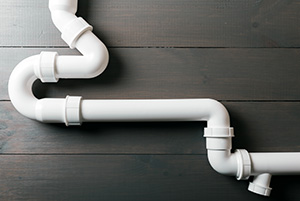
PVC, standing for polyvinyl chloride, is a type of plastic that is commonly used for main supply lines, drainage pipes, pools, spas, and irrigation piping. PVC pipes come in different thicknesses called schedules. The most common PVC schedules are 40 and 80. The higher the schedule, the thicker the walls. Schedule 40 is the most common PVC type. Schedule 80 PVC is thicker and stronger, which enables it to handle higher pressures.
Usually, PVC is only used for cold water pipes since hot water can eventually break down the plastic material. It can also degrade when exposed to the heat and UV rays of the sun. Always check local codes before using PVC pipes.
One of the great things about PVC is that it does not rust or corrode over time. It is also fairly inexpensive an easy to repair or replace.
PVC is a great option for:
- Sink, toilet, and bathtub drain lines
- Vent stacks
- Main water supply line
- High-pressure applications
Acrylonitrile Butadiene Styrene (ABS)
ABS, a black plastic pipe, is similar to PVC, but is less flexible and more prone to degradation. While once the preferred material for residential plumbing, people started switching over to PVC once they noticed joints coming loose and the material warping in the sun. Still, ABS is strong, easy to install, and holds up well for underground pipes.
Choosing between ABS and PVC can be a difficult decision, so always consult with a licensed plumber and check local regulations and building authorities.
Cross-Linked Polyethylene (PEX)
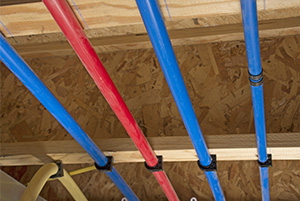
Cross-linked polyethylene, or PEX for short, is a type of plastic that is commonly used for hot and cold water supply lines. It is extremely flexible, can easily curve around corners and obstructions, and has high durability and low corrosion. Since the material expands and contracts, it is also highly freeze resistant and allows for fewer fittings than rigid plumbing types. Fewer pipe connections leads to less pressure loss.
PEX can also be snaked through existing pipes, which makes it a great option for repiping. While the plastic can withstand high temperatures, it can’t be connected directly to the water heater. A piece of copper piping or similar hot-water piping must be connected instead.
PEX is a great option for:
- Repiping and retrofitting
- Snaking through walls and small spaces
Plastic piping options are cheaper than metal, easier to work with, and highly resistant to corrosion. However, the choice of materials will depend on whether a portion of the old line is to remain intact. The contractor will not want to splice a PVC line between two cast iron lines for example.
Additionally, local codes in Ohio, Kentucky, and Indiana may call for specific materials.
Metal Piping Options
Metal is increasingly being replaced with plastic pipes due to their cheaper costs and easier installations. Metal pipes are still used for their strength, toughness, and durability. While more expensive, metal pipes tend to last longer than plastic ones.
Copper
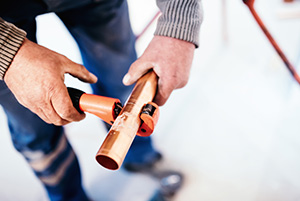
Copper pipes are popular for both hot and cold water pipes because they are heat resistant, resist corrosion, and have natural anti-microbial properties. They are more expensive than plastic pipe options. Average cost-per-foot for copper piping is between $2.50 and $3.50 compared with PEX, which is around $.50 to $1.50, about half the price of copper. The labor for copper pipes is also more expensive.
Copper has an average lifespan of about 50 years before the walls start to thin out and need replacing. Copper pipes can be used in both underground and aboveground applications, but since some soil can harm copper, sleeves should be installed when used underground.
Copper pipes come in three thicknesses: M, L, and K. M is the thinnest; K is the thickest.
Cast Iron
Cast iron pipes are rarely used today, but they were the material of choice for drain lines in homes built before 1960. They are extremely durable, heat resistant, and good for sound reduction, but they also tend to rust over time.
Cast iron had been the most frequently used material in home construction and is still popular, but PVC and ABS are the materials most frequently used in new home construction. Instead of replacing all of your cast iron pipes, you can just replace the rusted sections with PVC or ABS.
Lead
As most of us know, especially in the wake of the Flint lead crisis, lead poisoning can lead to very serious health problems, including kidney and nervous system damage. Any lead consumption is hazardous to human health. For this reason, you will only find lead pipes in older homes. Lead pipes were widespread up until 1950.
Lead piping for either the supply piping or drain piping is a potential source of lead poisoning, however, the hazards for lead drain piping are much less. Still, the water the flows through your lead drain pipes may eventually end up in private sewer systems and local aquifers.
Lead water supply piping should be replaced as soon as possible. Speak with a professional plumber about replacing lead drain pipes as well, since they are often old and in need of replacement.
You can test your water for lead with an at-home test purchased at a home improvement store. Or contact your local plumber to conduct a water test for you.
Galvanized Steel or Iron
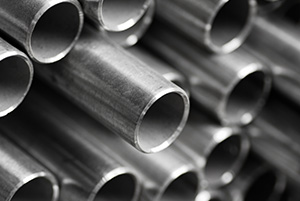
Galvanized steel or iron pipes mean that they have been coated with a protective layer of zinc to help prevent corrosion from water.
Although still considered safe for water pipes, these pipes eventually corrode and begin to leak, and should be replaced with copper, CPVC, or PEX pipes. Due to corrosion and short service life, galvanized steel pipes are often the reason for replacing the entire plumbing system. In some cases, a home will benefit from a complete retrofit of older plumbing. Galvanized pipes are rarely used today except in the case of limited repairs.
How to Select the Right Plumbing Materials
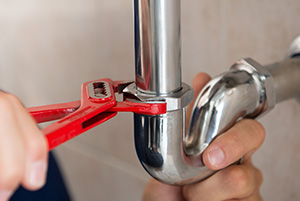
The best and easiest way to select the right plumbing materials and fixtures for your home is to contact your local plumbing professional. Pipes and pipe fittings are crucial when it comes to cost, durability, carbon footprint, and water quality. Since they all have their pros and cons, it’s hard to determine the right plumbing materials without a professional assessment.
Not only must local codes and regulations be followed, the best plumbing material will depend on your needs, preferences, and existing pipes. A licensed plumber at HELP Plumbing, Heating, Cooling and Drains can walk you through all of your options.
Our non-invasive sewer and drain service can replace your pipes without any excavation or damage to your yard. We’ll use our plumbing cameras to locate the source of your problem and patch up the leak using a pipe liner. When pipe lining—patching the leak with resin—is not an option, we can use the pipe bursting method to pull a new pipe through the old one.
Plumbers can handle either whole-house repiping to completely change out worn and aging pipes, or they can strategically replace damaged pipe section—all with a minimum of disruption in a home’s water service.
If you have any questions about different pipe materials or plumbing pipe repair/replacement, contact the expert at HELP Plumbing, Heating, Cooling and Drains. We’ll do everything we can to ensure that your Ohio, Kentucky, or Indiana home is kept as clean as possible throughout the process.
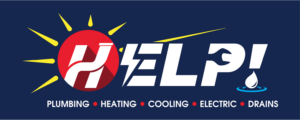
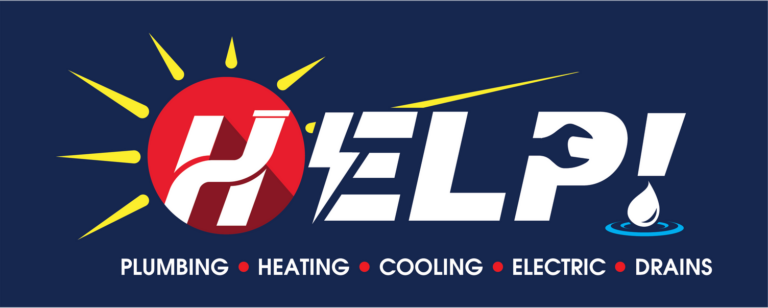
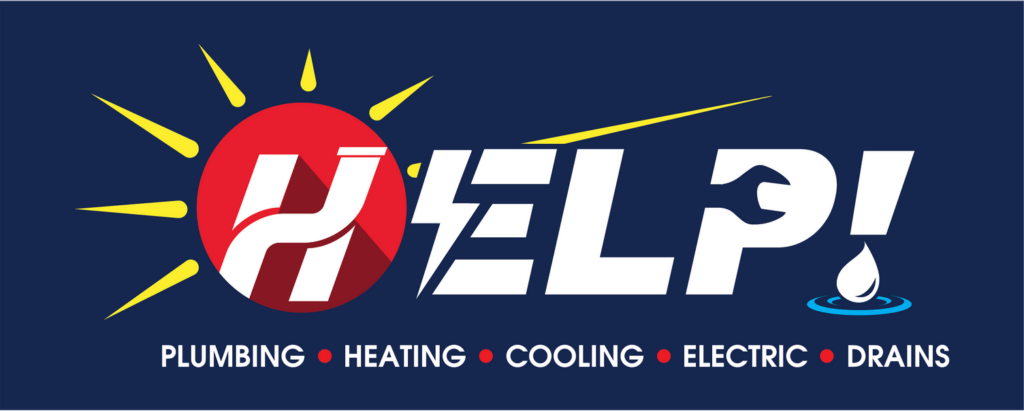
3 Responses